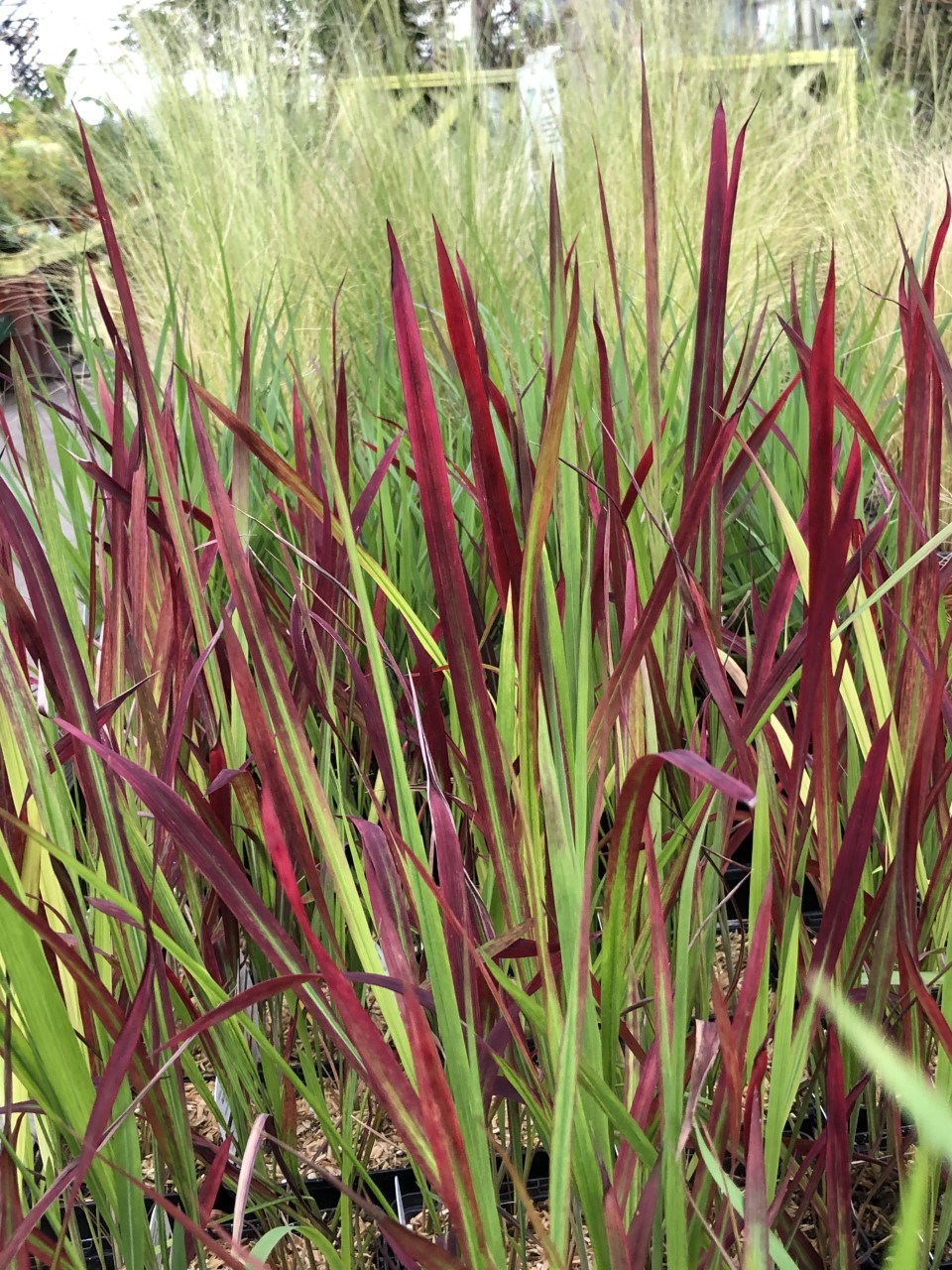The following column was submitted to the Tri-City News from Brian Minter — master gardener, best-selling author, Order of Canada recipient and co-owner of Minter Country Garden Store.
The appreciation and enjoyment of ornamental grasses is skyrocketing.
It takes a while to understand the nature of each variety of grass and to see what it looks like during every season of the year.
Yes, they have their down times, but this little hiccup is easily overshadowed by their many fine qualities.
Most grasses, once established in a site they enjoy, are virtually carefree: a little watering in summer, a little protection in winter and an annual pruning.
They all have fresh new growth in late spring, attractive flowers in autumn and an interesting look even in winter.
Late summer breezes cause their leaves and stems to sway, adding not only life and movement to your garden but also the sound of rustling foliage – it’s like listening to nature’s music!
Many grasses, such as miscanthus which really plumes up in late summer, literally shine when backlit by the warm, golden sunlight so unique to fall.
For many winters now, I’ve enjoyed evergreen grasses, such as carex, gently caressing the edges of hanging baskets and containers. Grasses have so much to offer — they’re plants for all seasons. We just must learn how to use them properly.
My three favourite grasses are the miscanthus family, the pennisetum family and the carex family.
Miscanthus are medium to tall showpieces that make great focal points in mid-sized or large gardens. Their fall flowers not only add a spark to autumn gardens, but they also continue through the winter, until heavy snows or winds take their toll. Tall varieties, like Miscanthus ‘Giganteus’ (zone 6), grow eight to ten feet tall with long, green leaves touched with a bit of silver. They make a great screen by mid-June, and their bronze flower tufts are truly magnificent.
With so many new miscanthus varieties available today, from the very compact M. ‘Yaku Jima’ to the tall M. ‘Huron Sunrise’, the selection is truly amazing. They offer a wealth of colourful foliage, as well as August flowers. I like the rich burgundy of M. ‘Ghana’ and the bicolour M. ‘Morning Light’.
Variegated grasses are also very ‘in’ today. Miscanthus sinensis ‘Variegatus’ (zone 6) is still good, but the new large leafed, striped ‘Cabaret’ is truly stunning. They usually bloom only during long, hot summers and falls, but in dark green perennial borders or in lawn areas with a great many trees around, they are the spark that can ignite a garden. Many great new miscanthus varieties plume out as early as the beginning of July right up to late September, and they make a splendid display all winter. I encourage everyone to take a good look at all the varieties as they start to bloom in gardens and garden centres.
The most sought-after grass of all, bar none, is the annual purple fountain grass (Pennisetum setaceum ‘Rubrum’ – zone 8). Alas, to survive our winters it must be brought inside a greenhouse, but it is the ultimate focal point. Surrounded by anything pink, it is magnificence plus. There are many tender varieties of pennisetum not to be overlooked, like the white and green ‘Skyrocket’, the soft pink ‘Sparkler’ and the vibrant bright pink ‘Cherry Sparkler’. Among the hardy varieties, I like ‘Burgundy Bunny’ because it has the darkest foliage of any hardy pennisetum. Blending various pennisetums together can create some wonderful effects. For example, Pennisetum alopecuroides (zone 5), with its creamy white plumes, interplanted with fountain grass (P. setaceum) makes a dreamy combination. Surround these plants with pink flowering ‘Autumn Joy’ sedums, and you’ll have quite a display.
Each fall and winter, we’ve been using more and more carex, along with evergreen perennials, to create some pretty amazing effects. My all-time favourite is the vibrant gold foliage of Carex ‘Everillo’. I also love C. m. ‘Everest’ because of its brilliant white and green foliage. They will tolerate most winters in a container. In the ground, they are like beacons of light all winter long, especially on those really dark, dreary days.
Folks, if you’re new to grasses, proceed slowly.
Try a few this fall and see how they can heighten the effect of your late summer and fall gardens.
I like to plant them fairly close together for an instant effect and to choke out weeds.
The basic rule, however, is to plant them as far apart as their height. The grasses I have mentioned are not invasive.




